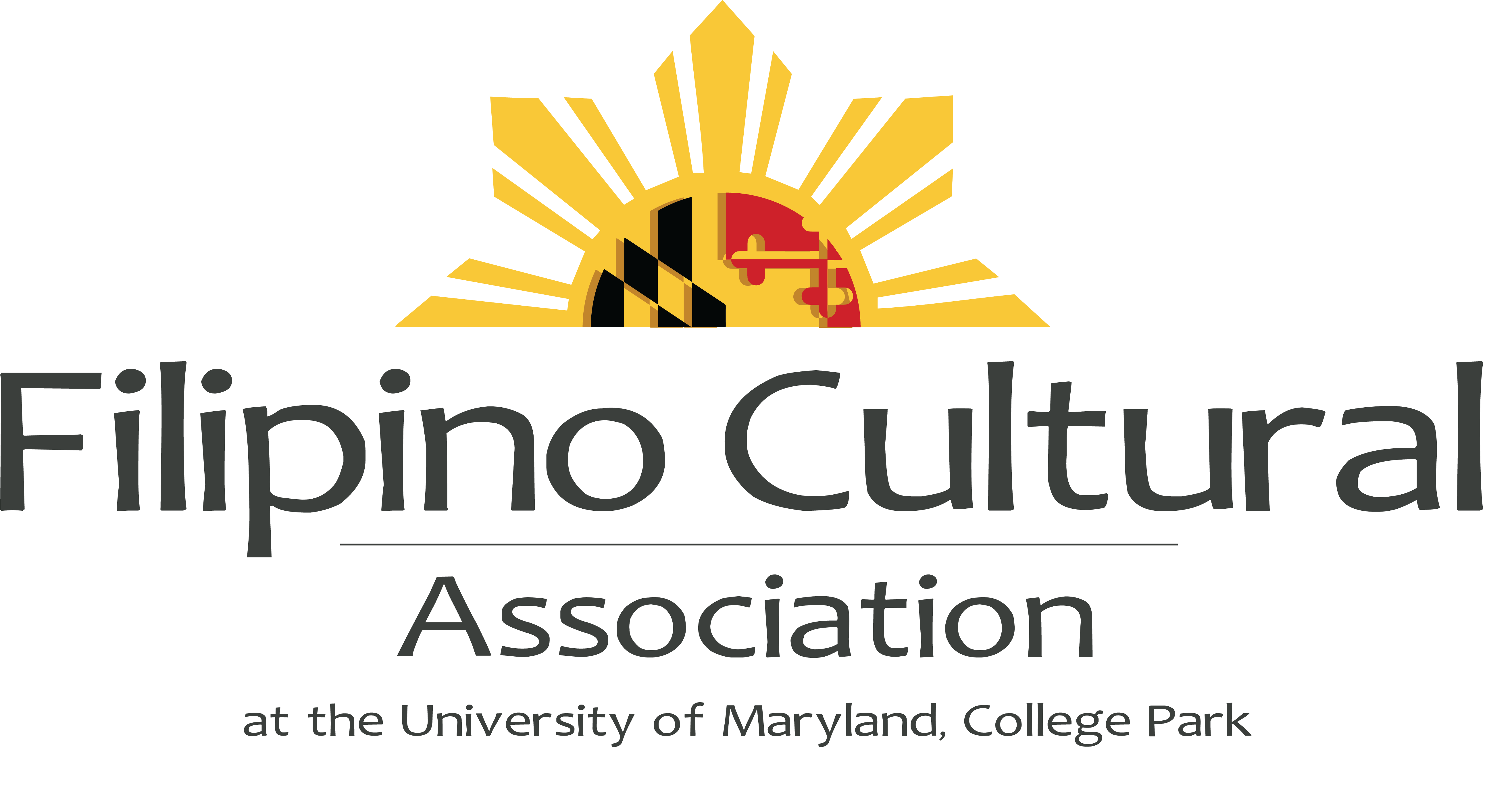Note: This page was made by FCA Webmaster 2017 – 2018, Jason Vargas, and was made public for archival purposes
Filipino-American History Month (FAHM)

“To foretell the destiny of a nation, it is necessary to open a book that tells of her past.” – Jose Rizal
October: One of the most important months of the year – if you’re Filipino-American. Why? Well, October is Filipino-American History Month, which honors the first documented presence of Filipinos in America and celebrates the achievements of Filipino-Americans in modern history.
Filipino-American History Month originated in 1988, when the Filipino-American National History Society established the celebration to commemorate the anniversary of the Luzones Indios’ (early Filipinos) initial arrival in Morro Bay, California on October 18, 1587. It wasn’t nationally recognized until November 2009, when the Senate of the 111th Congress passed the resolution (H. RES. 780) to officially recognize October as Filipino-American History Month. Now, Filipinos and Filipino-Americans everywhere gather during this special month to observe their heritage and recognize their social, intellectual, and economic contributions to the United States.
Because of the importance of FAHM, many Filipino-Americans use October as a month to promote and reflect on Philippine history, culture, and provide others with the ability to learn more about Filipinos, Filipino-Americans, and their contributions to the United States. By using this opportunity to instill the importance of education, heritage, and a sense of identity into today’s youth, Filipino-Americans are able to amend a common identity among all Filipino-Americans, as well as raise awareness in members of generations to come.
In recognizing Filipino-American History Month, it is also imperative to recognize how Filipino-Americans have established themselves as one of the most important ethnic groups in the United States. After all, Filipino-Americans are the second largest Asian-American population in the United States, comprising the overall largest Asian-American population in 11 states, including California, Washington, and Hawaii. The Filipino-American presence is expected to continually increase over time, as the U.S. Census Bureau stated in 2010 that Filipino-Americans were the fastest growing racial group, accounting for 25% of 14.7 million people identifying as Asian-American. Interestingly enough, Filipinos have been recorded to have been on American soil since 1587, way before the founding of the United States in 1776; this reaffirms the deep roots of Filipinos in the United States
A large part of why the United States is the powerhouse it is today is thanks to Filipino-Americans and their contributions. Over 250,000 Filipino soldiers fought for the United States during World War II under the compromise that the U.S. government would grant them American citizenship and full veteran benefits. However, these promises remained unfulfilled, leaving Filipino veterans helpless. On top of that, no Congressional Gold Medal was granted to Filipino-American veterans despite other ethnic groups receiving one. Thus, it wasn’t until The Filipino Veterans Recognition and Education Project took initiative, raising funds and awareness of the issue, ultimately granting Filipino veterans with their rightfully-earned Congressional Gold Medal.
Filipino-Americans also contributed to the American labor movement in the 20th century, leading the Delano Grape Strike of 1965 alongside Mexican farm workers. Filipino-American activists Larry Itliong and Philip Vera Cruz collaborated with Cesar Chavez, the Mexican activist leader, to establish the United Farm Workers union and lead a strike against employers, ultimately leading to improved working conditions, worker payouts, and treatment of workers. All throughout the late 1900s and early 2000s, Filipino-Americans fought for ethnic studies focusing on Philippine history to further increase awareness of their influence on American history. Here at the University of Maryland, the Asian-American Studies department offers a Filipino-American studies course (AAST398D) every Fall, showing the power of Filipino-American activism and advocacy everywhere.
It goes without saying that the extent of Filipino-American impact in the United States is endless. Thus, it is important to recognize Filipino-American History Month and utilize it as a catalyst for understanding the importance of heritage and identity as a whole.

